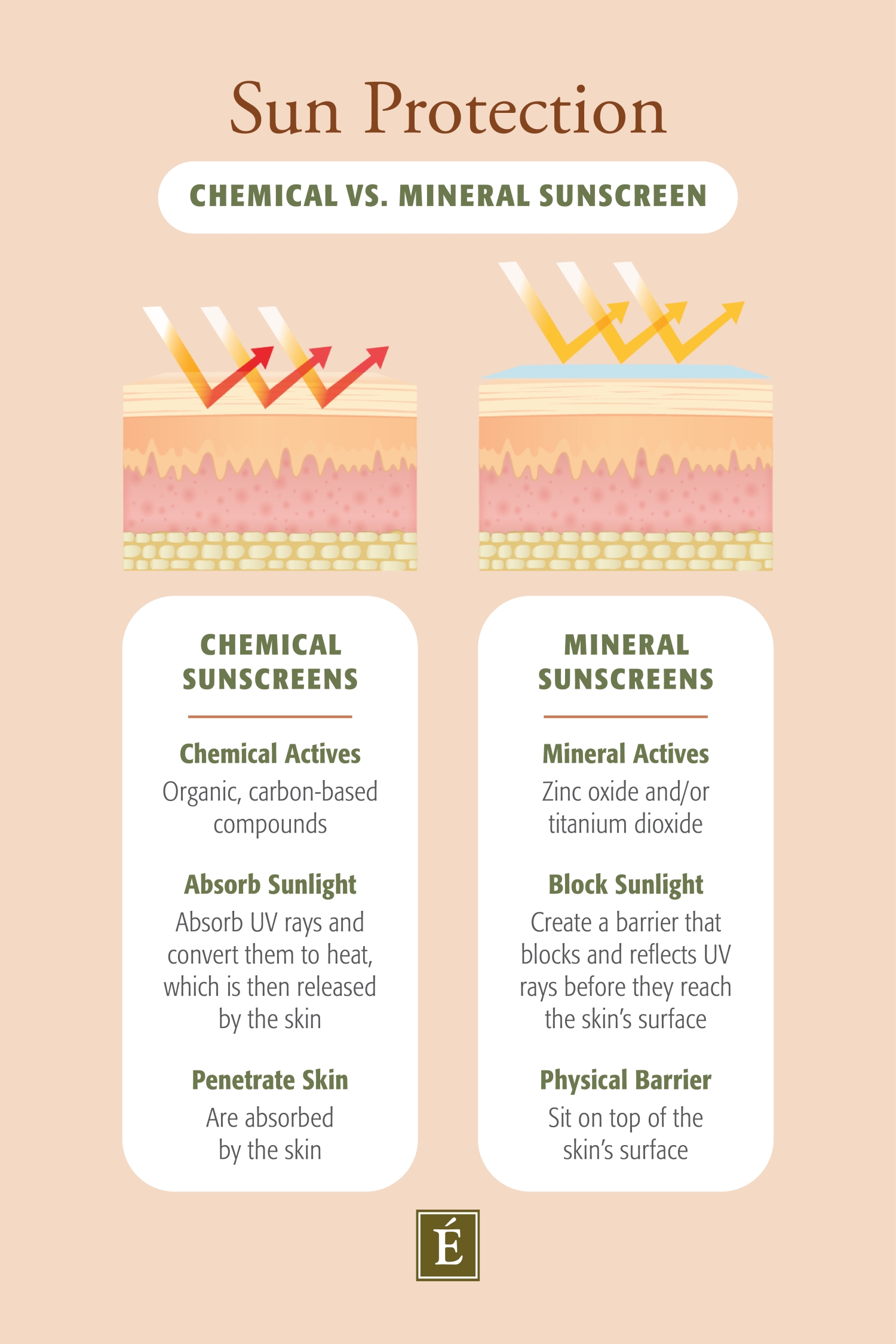The full moon in Libra rises on April 13. This “micromoon” appears smaller than average, due to the moon being farther away from Earth than usual. Since the moon is in apogee to our planet, the ocean waves won’t be as intense, but the emotions we feel will be.
Typically, the full moon in Libra focuses on maintaining balance in relationships and finding peace within ourselves. Astrologically, this full moon urges us to take action. Mars, which is in Cancer, activates the moon, pushing us to make decisions about our future. Since Mercury and Venus’s backspin have made us indecisive, we are ready to move forward (Mercury retrograde ended on 7 April, and Venus retrograde completes its journey shortly after the full moon).
On the same day, Venus, who’s been moonwalking since 1 March, turns direct in Pisces. This will impact our lives immensely since Libra is a sign that Venus rules. Therefore, we’ll be able to gain clarity about the direction of our relationships. The future is unwritten, but now is the time to plant seeds. Listen to your intuition.
Aries
You’re in the mood for love, but fear keeps you from expressing your innermost feelings to your significant other. You must speak up and let your partner or crush in in order to cultivate the connection you crave. Get out of your head and try asserting yourself and demonstrating affection. Don’t hold back on the romance factor.
Taurus
Detox your life. Kicking unhealthy habits and ways of thinking is pivotal under this lunation. Try to establish positive daily activities to promote a calming and relaxing environment in your home. If you find switching up your existing routine tricky, note that progress takes time and striving for a better balance now will help you flourish and grow in the future.
Gemini
You’re known as the life of the party, so get ready to embrace your role in this period. Maybe it’s a night of dancing followed by stargazing over this full moon weekend? Consider social activities that will suit your romantic and playful mood.
Cancer
There is nothing wrong with a yearning to hide away in your cocoon. Some TLC will allow you to decompress and relieve the stress you’re feeling from work. Watch old movies and order comfort food to get the vibe right. When you return to public life on Monday, you’ll feel revived.
Leo
Pick up a book or take an online class that has the potential to elevate your mind to greatness. The more food you feed your brain, the easier it’ll be to understand matters from different perspectives. You will feel like a person of the world who can transcend the universe’s rhythms through knowledge and insight.
Virgo
Lately, you’ve felt like no one is giving you enough attention. Since you’ve been seeking acceptance from outside sources, the full moon in Libra is a chance to gain confidence by looking inward. Know that you are a strong and amazing person who doesn’t need the adoration of others, only love from yourself.
Libra
More often than not, you aim to make everyone around you happy before focusing on your own needs. Dropping the tendency to please people in order to do what matters most to you is a key theme of the full moon for your sign. Realising that you should be selfish at times changes how you treat yourself.
Scorpio
Release the emotions that are weighing on your heart. If you feel like crying, sleeping or sage cleansing, do it. Getting rid of stale energy that’s permeating your aura is going to recharge your body, mind and spirit. You’ll be amazed by the fresh flow that positivity brings.
Sagittarius
Dreaming the impossible dream is a full moon activity we should all get behind. Visualise your intentions by meditating on what you wish to bring into your life in an effort to breathe energy into your goals. Remember to go big or go home when it comes to your aspirations.
Capricorn
One professional door closes and another opens. A career opportunity you can’t refuse is coming, but you’re unsure about leaving your current position. Weigh the pros and cons to see what makes the most sense to you. Even though you’ll probably take the job, it’s always good to think things through before doing anything impulsive.
Aquarius
The grass might seem greener on the other side, but it isn’t. Don’t take the beautiful things you have for granted. Appreciate what you have to usher in still more abundance and prosperity. You’ll be able to attain your heart’s desires if you find solid grounding within yourself.
Pisces
Intimacy could heighten in your relationships if you are willing to share secrets and let others in. Although revealing the skeletons in your closet and showing your raw emotions may be scary, it’ll be worth it in the end for what you get back in closeness to people you care about.
This article first appeared on Vogue.co.uk
Source link





